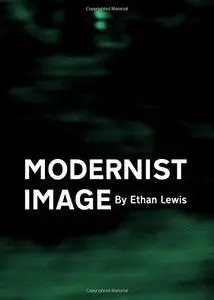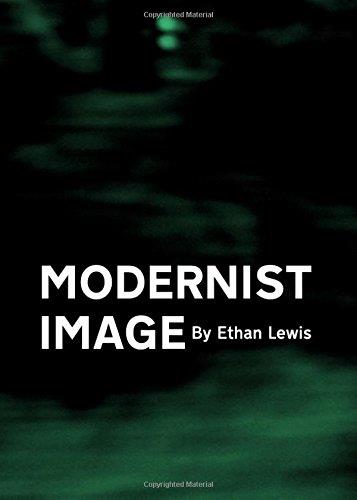Modernist image By Eliot, Thomas Stearns; Pound, Ezra; Pound, Ezra; Eliot, Thomas Stearns; Lewis, Ethan
2010 | 194 Pages | ISBN: 1443822329 | PDF | 2 MB
2010 | 194 Pages | ISBN: 1443822329 | PDF | 2 MB
This text would 'make one see something new (by granting) new eyes to see with', as Pound remarked of Imagism. Still he soon dissociated himself from the movement he helped found, to which Eliot never belonged. Why, then, study Pound and Eliot as Imagists? As the former phrased it, to offer 'language to think in' regarding their shared premium on precision; and to explicate differing reasons for this emphasis. Pound plies accuracy to carve distinctions. By carving, he sought to delineate components of a model culture. Conversely, and paradoxically, severances renderable through apt language enabled Eliot to intuit a divine 'amalgamation - which would displace inevitable confusions among objects, and between subject and object: turmoil dramatized in Eliot's early work. A book focusing this opposition requires concrete manifestations. Imagist poetics of the nineteen teens and twenties, as our authors understood it, informs exploring their disparate tendencies; and provides examples of that contrast. Because they transcended it, Imagism initiates Pound's and Eliot's development. Poets wed to Imagism necessarily treat 'small things' (Dasenbrock), due to their 'poetic of stasis' (Kenner). Imagist techniques, however - presenting interactive 'complexes'; creating illusions of spatio-temporal freedom - set the course for the Modernist long poem. Our subjects extend a tradition, limned by several scholars, principally Sir Frank Kermode. Romantic Imag[ism] 'animates...the best writing between Coleridge and Blake...and Pound and Eliot'. A parallel critical inheritance this study would humbly continue



